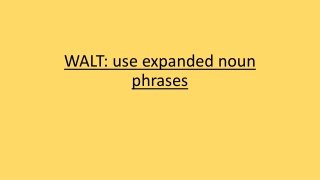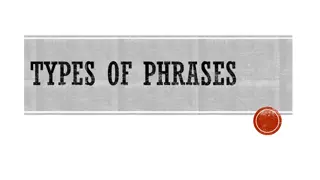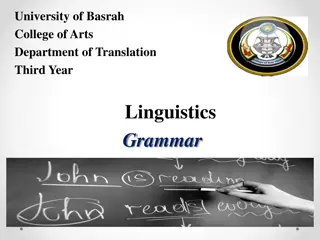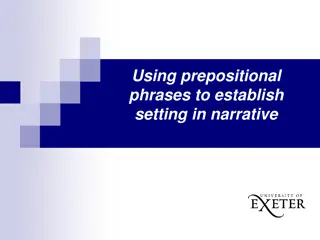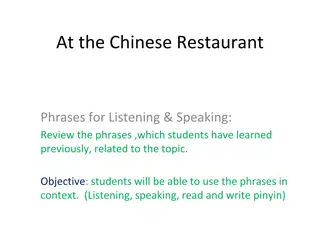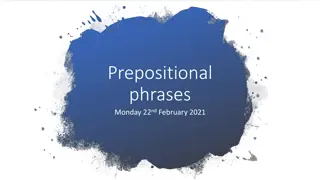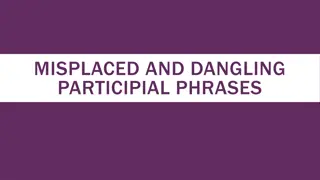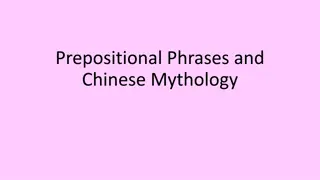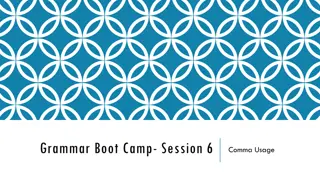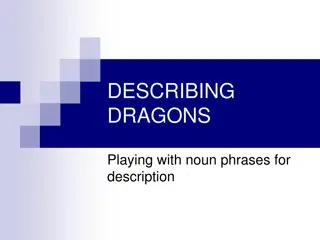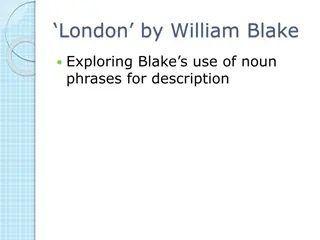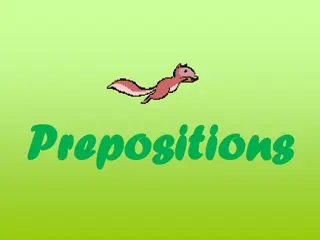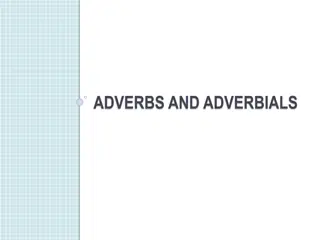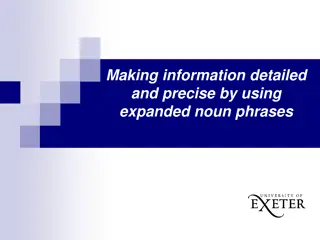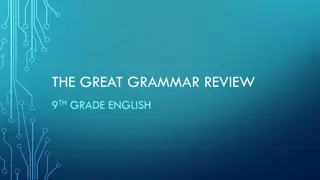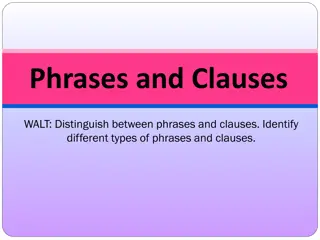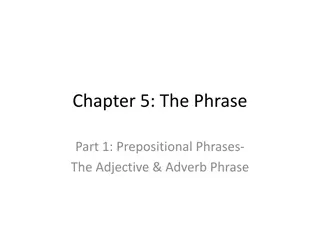Appositive phrases
Appositive phrases provide additional information about a noun. Semicolons are used in various contexts, such as after a prefix, between independent clauses, and to separate hours from minutes. Relative pronouns connect subordinate clauses to main ideas. Explore how conjunctive adverbs link complete ideas in a sentence.
Download Presentation

Please find below an Image/Link to download the presentation.
The content on the website is provided AS IS for your information and personal use only. It may not be sold, licensed, or shared on other websites without obtaining consent from the author.If you encounter any issues during the download, it is possible that the publisher has removed the file from their server.
You are allowed to download the files provided on this website for personal or commercial use, subject to the condition that they are used lawfully. All files are the property of their respective owners.
The content on the website is provided AS IS for your information and personal use only. It may not be sold, licensed, or shared on other websites without obtaining consent from the author.
E N D
Presentation Transcript
Appositive phrases Provides more information about a noun. Most often appears directly after the noun it identifies or renames: Arizona Bill, "The Great Benefactor of Mankind," toured Oklahoma with herbal cures and a powerful liniment. Commas are used to separate phrase from rest of sentence! May appear in front of a word that it identifies: A dark wedge, the eagle hurtled earthward at nearly 200 miles per hour.
Make a three column graph labeled with the following: semicolons; colons: 1. Used after a prefix that is followed by a proper noun or adjective 2. Combines two independent clauses 3. Used to write a fraction as an adjective 4. Used on warning labels 5. separates words when dropping down to next line on composition 6. Used after the salutation in a business letter 7. Used to separate words in a compound noun 8. Separates hour from minutes 9. Used before a conjunctive adverb 10.Used to introduce list of items 11. Used to separate two-word numbers hyphens-
Relative Pronouns Begins a subordinate clause and connects it to another idea in the same sentence. There are five relative pronouns: that which who whom whose Independent clause Subordinate clause Here is the earring that Tara lost. She is a painter who has an unusual talent. Is this the woman whom you saw earlier? She is the one whose house has a new alarm.
Conjunctive adverbs Used to connect complete ideas (compound sentence) or to transition by showing comparisons, contrasts, or results. Use a ; BEFORE the word and a , AFTER That movie was great; however, I still prefer the book. accordingly consequently indeed otherwise again finally instead then also furthermore moreover therefore besides however nevertheless thus


